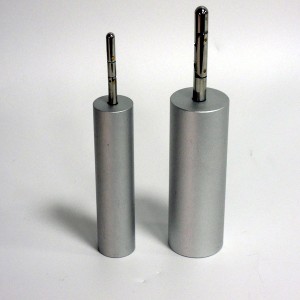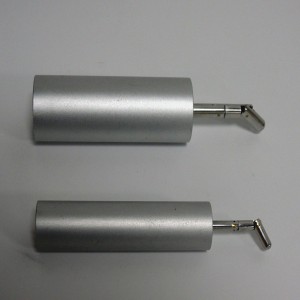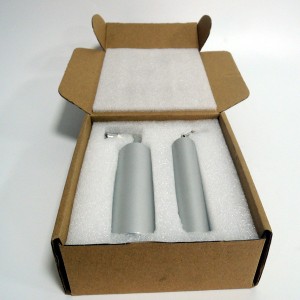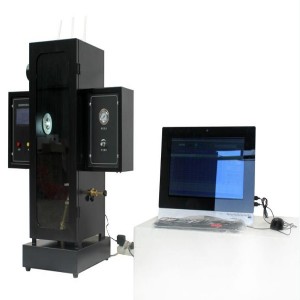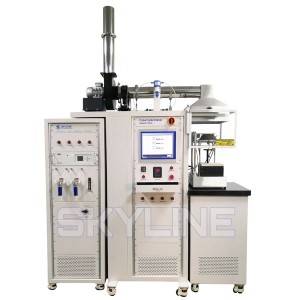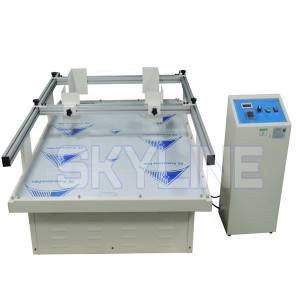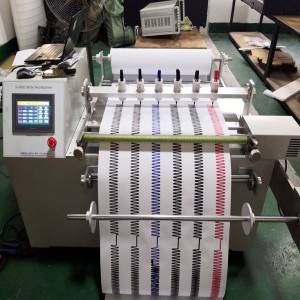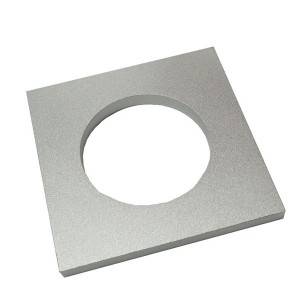Accessibility Probes
Aluminum Alloy ASTM Accessibility Probes for Toys Safety Testing Equipment
Product introduction of the Accessibility Probes
To determine whether any part or component of a toy can be contacted by the probe. The probe simulates the finger of the infant or child touching the accessible points or edges of a toy, which may then be subject to tests of sharp points or sharp edges. Accessibility probes are designed for two age groups: Probe A for 0-36 months
Probe B for 37-96 months
Product parameters of the Accessibility Probes
| Accessibility-Probes |
| 16 CFR 1500.49 |
| EN-71 |
| ISO8124-1 |
Product Feature and Application of the Accessibility Probes
Imitate a child's finger and use it to assess whether the surface or accessories (points and faces of the toy) that touch the toy may be dangerous. Divided into two AB,
A refers to toys used for children under 3 years old, and B refers to toys used for children over 3 years old.
Product Details of the Accessibility Probes
Use and description
1. Extend the articulating probe to the part or component of the toy to be tested in any manner, and each probe is rotated 90° to simulate finger joint activity.
Judgment: If any part of the front of the shoulder can touch a part or part of the toy, the part or part is considered accessible.
2. The meaning of accessibility means that any part of the child's body of different ages can touch any part of the toy, and any part of the child's body
With the touch of the finger being the largest, the touch test was performed with the child's simulated finger.
3. Before performing the test, the detachable parts of the toy or the parts to be disassembled should be removed before the touch test is performed.
4. In the accessible test, the simulated finger bending should ensure that any part of the toy is touched as much as possible.




